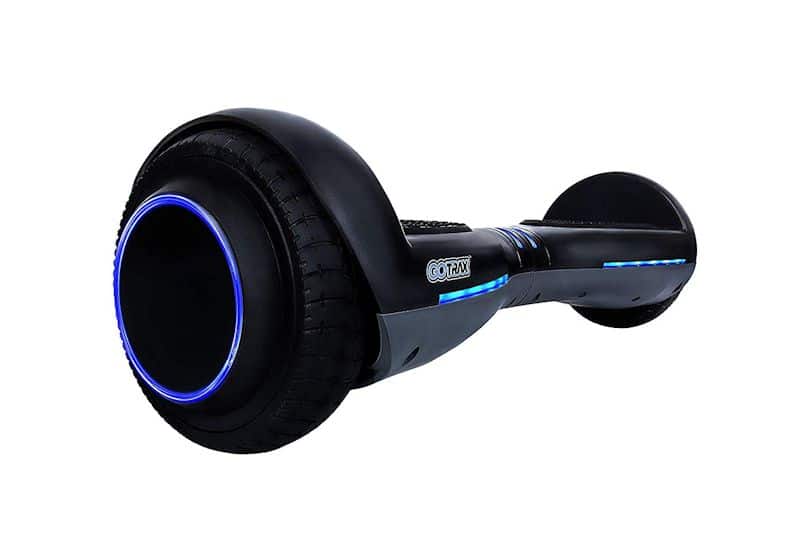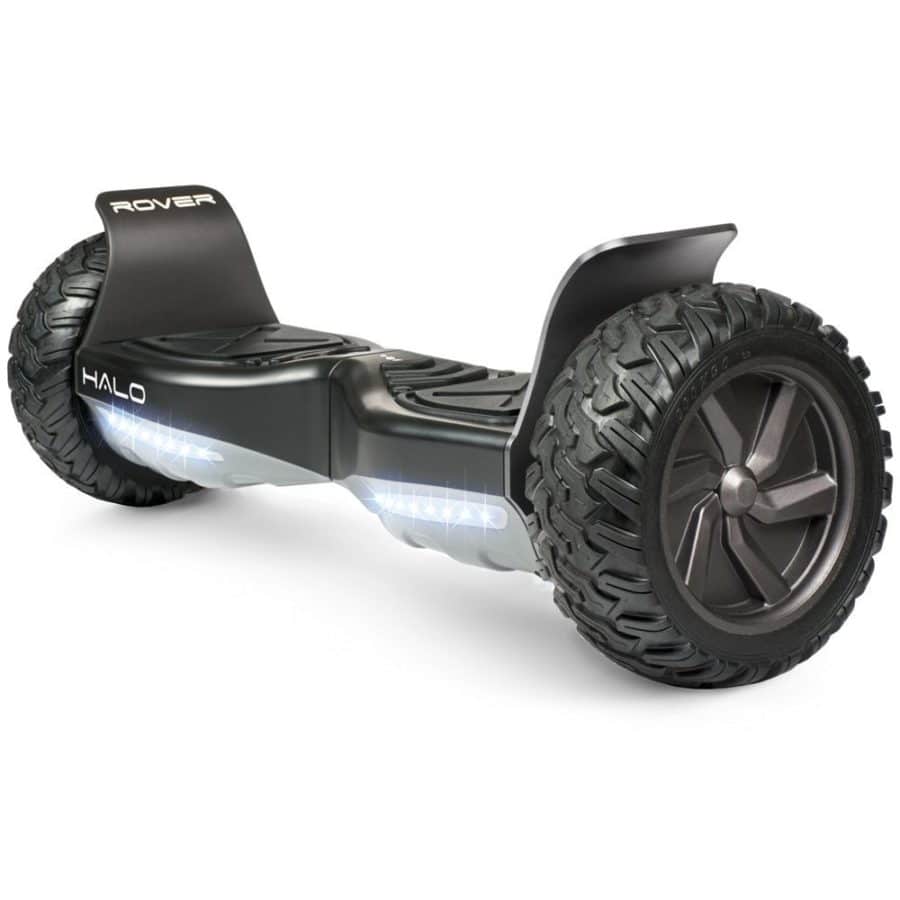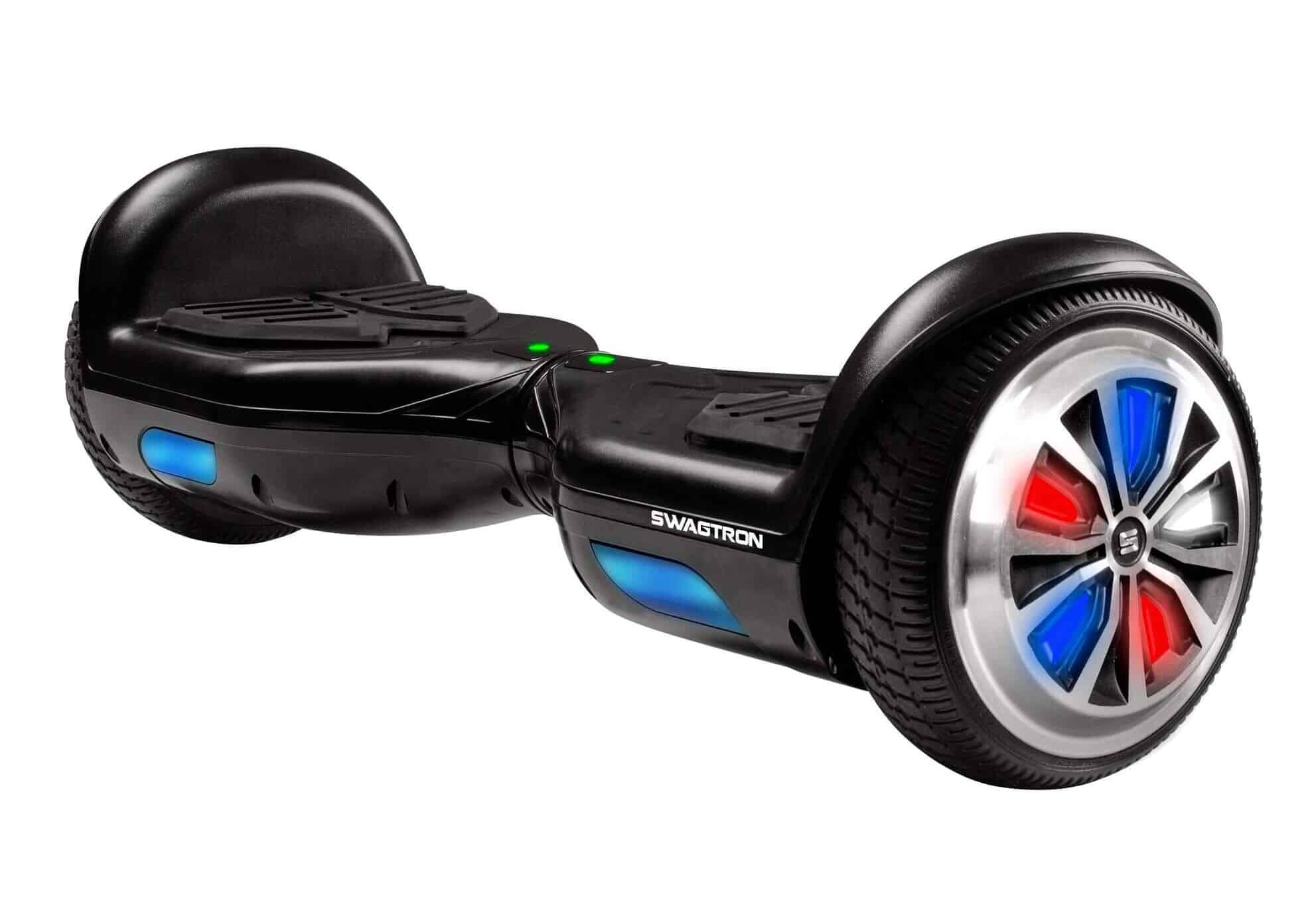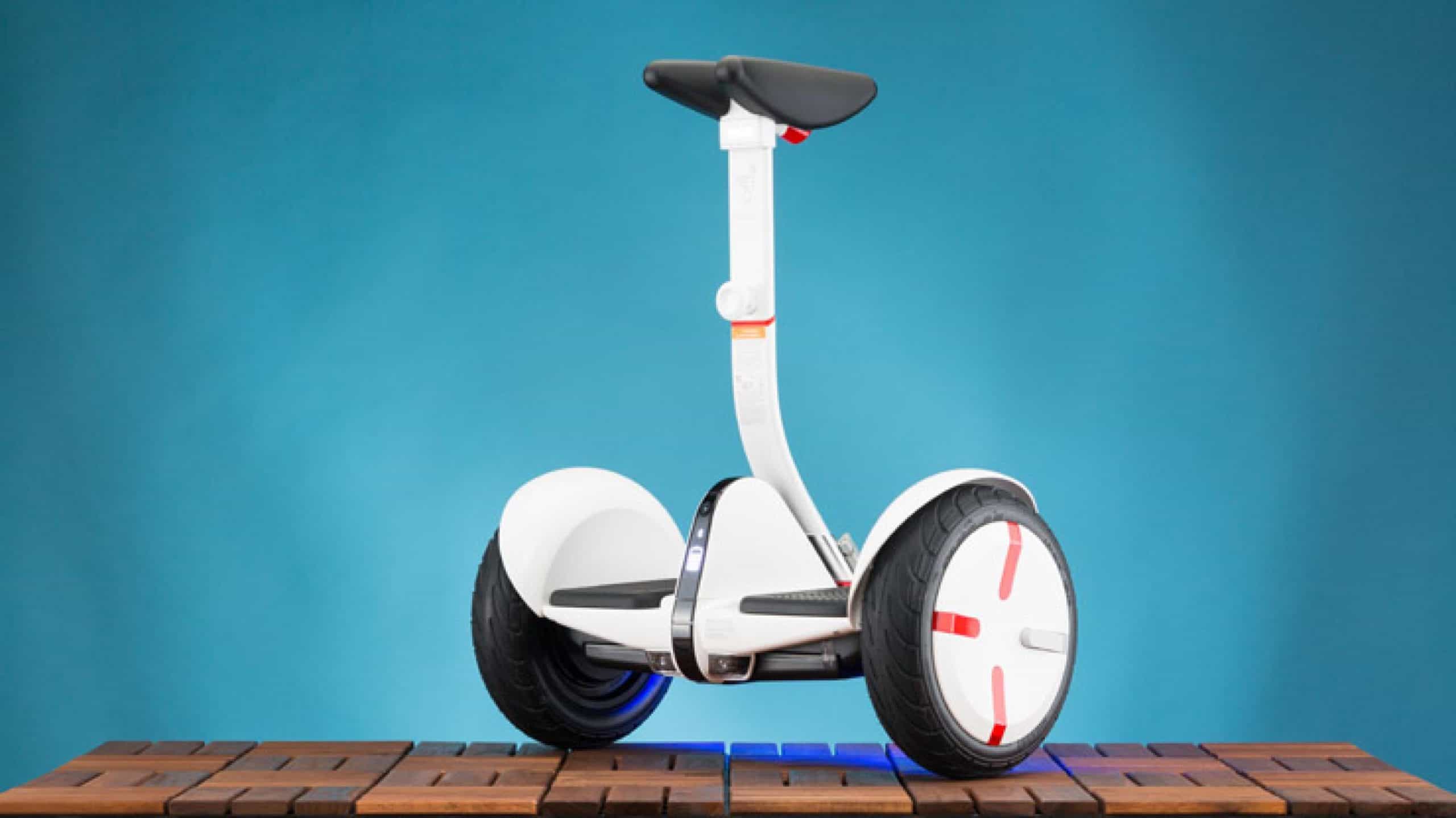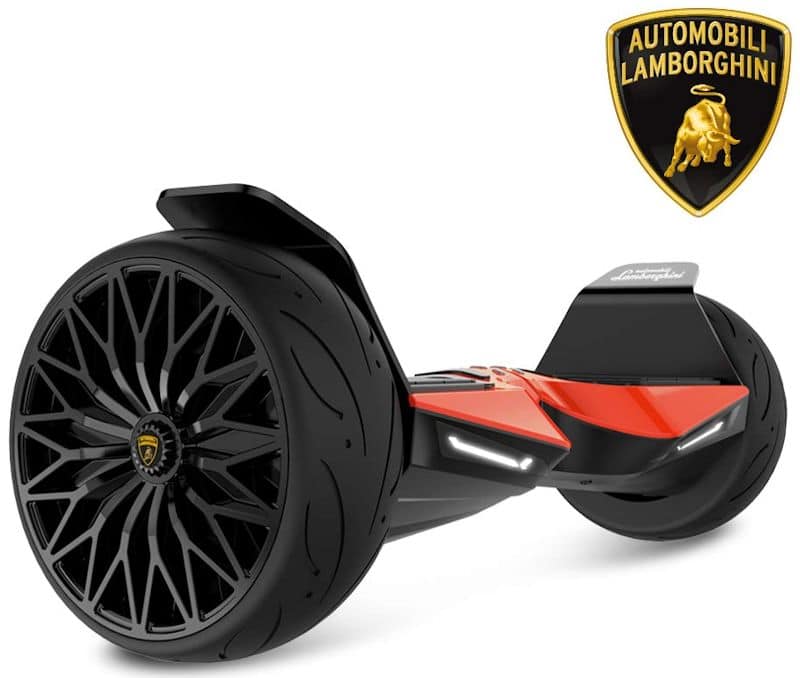First introduced to the consumer market in 2015 and quickly becoming a popular transportation device for people of all ages, in 2021, the latest hoverboards are more popular than ever. California law effective in 2016 addresses some of the dangers facing hoverboard riders, but not everyone is aware of the new laws. Here’s all you need to know.
What are the dangers associated with hoverboards?
Hoverboards are motorized self-balancing scooters that hoverboard riders stand on to ride and steer by shifting their weight subtly with their feet, thus they require some getting used to when it comes to learning to ride your hoverboard in order to maintain balance and control, making them inherently a little riskier to newer users. Reports of users falling off either due to losing their balance or riding over road obstacles and injuring themselves were fairly common.
Additionally, when they first hit the market in 2015, some manufacturers were bypassing safety inspections, leading to over 300 incidents of hoverboards catching fire due to the use of low-quality lithium-ion batteries used in cheap hoverboards.
While newer hoverboard models no longer pose a fire risk from overheating, dangers still exist due to their learning curve, speed, stand-up operating position, and inability to ride smoothly on rougher terrain for the most part. In some states and cities, hoverboards and other similar electric scooters and motorized scooters are banned outright. In 2015, New York City specifically banned the purchase, sale, and operation of any unregistered motor vehicle that did not require human muscle power to operate, effectively outlawing hoverboards altogether.
- Related Post: How to Know if Your Hoverboard is UL-Certified
- Related Post: How Much do Hoverboards Cost?
The New California Law Overview
In 2016, largely in response to the numerous cases of grievous injury associated with them, California passed new laws regarding the use of hoverboards. Other states have yet to make the same legal changes but will likely follow suit eventually. The law covers a few items, including age limitations, helmet use, and speed limits on streets.
- Related Post: What are the Latest Hoverboard Weight Restrictions?
- Related Post: What are the Best Hoverboard Accessories?
New Hoverboard Regulations Explained
California’s new law dictates a number of new restrictions placed on hoverboards and their owners.
Age limit for hoverboard use
The new law, which was effective starting on January 1st, 2016, states that all hoverboard users must be at least 16 years old to ride in public in the State of California. This effectively rules out hoverboards as a recreation option for kids and also lines up with most states’ learner’s permit regulations.
Helmets mandatory for hoverboard use
In addition to the hoverboard age restriction, helmets are now required for any public use of hoverboards. Not only do they decrease the risk of serious injury during accidents, but they reduce legal liability for manufacturers. Similar laws in most states exist for the operation of bicycles, scooters, motorcycles, and other such two and three-wheeled vehicles on public roadways.
Limitations on speed limits
This portion of the new law doesn’t refer to the maximum speed of the hoverboard, but to the posted maximum speed limits of streets, roads, and bicycle paths. Under the law, hoverboards in California may only be used publicly on streets where the speed limit is under 35.
This helps to ensure that hoverboard users are kept off dangerous high-speed commuter roads and public highways, hopefully further reducing accidents and keeping hoverboards in line with state traffic laws.
Penalties For Violation
Currently, the penalty for failure to comply with these hoverboard safety standards is a $250 fine per offense, meaning, for example, that failing to observe speed limit rules and failure to wear a helmet would incur two separate fines.
At present, there are no further penalties beyond the fine, though there’s no limit to the number of fines that can be incurred.
Hoverboard laws in other states and cities
As mentioned above, New York City officially banned the purchase, sale, and use of hoverboards in 2015, imposing a fine of $500 for the first violation and subsequent fines of no greater than $50 each per offense.
As of now, there are no federal laws regarding hoverboards and no other states have passed laws or regulations, though some cities like Philadelphia have put the question of passing legislation on ballots.
- Related Post: What are the Best Hoverboard Colors Available?
- Related Post: Is it Possible to Win a Free Hoverboard?
- Related Post: How to Purchase a Hoverboard

![New Law For Hoverboards in [year] 1 New Law For Hoverboards](https://www.gadgetreview.dev/wp-content/uploads/new-law-for-hoverboards.jpg)















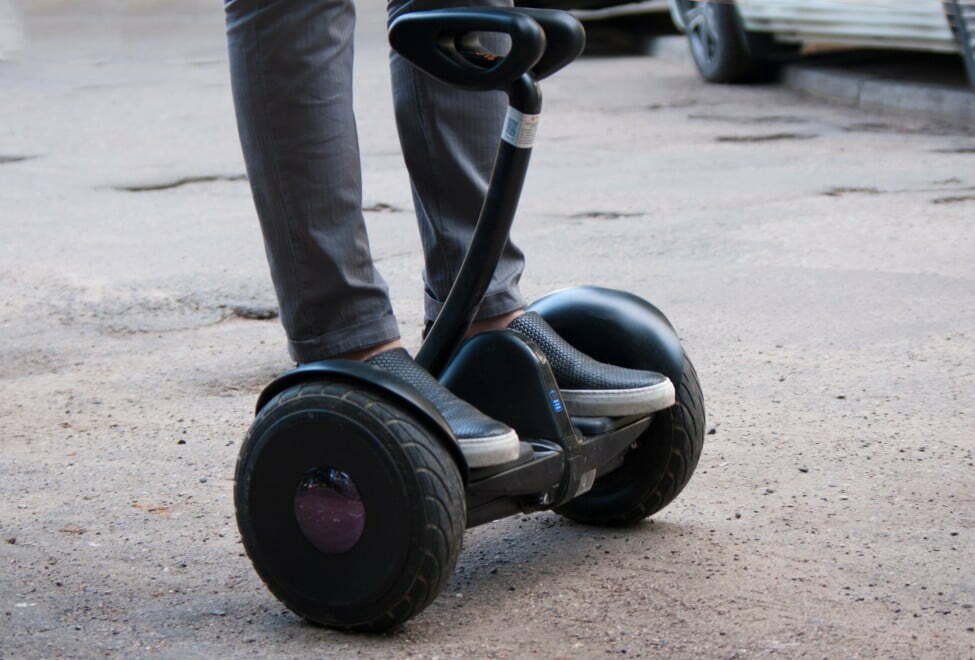

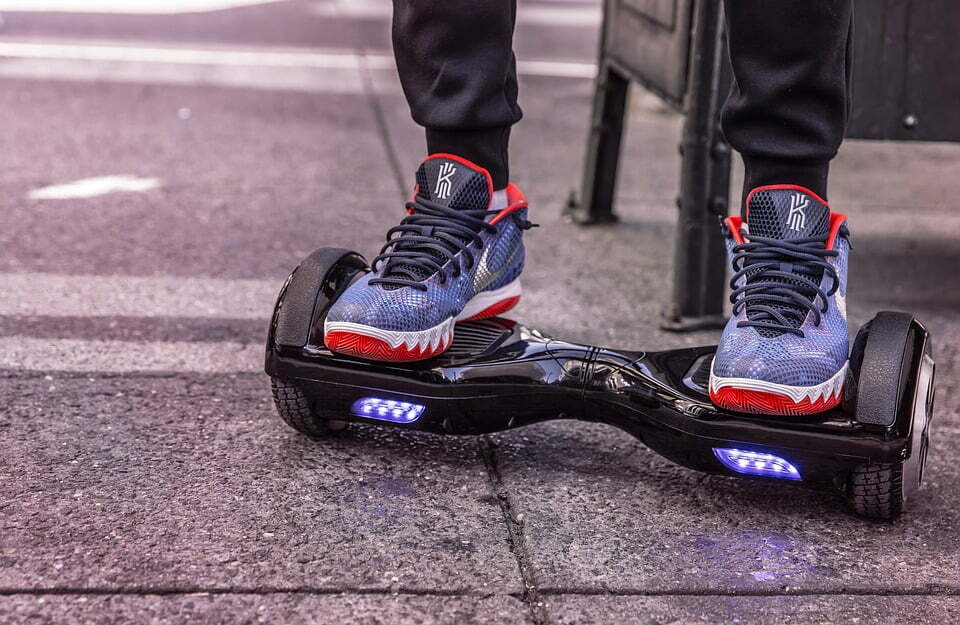
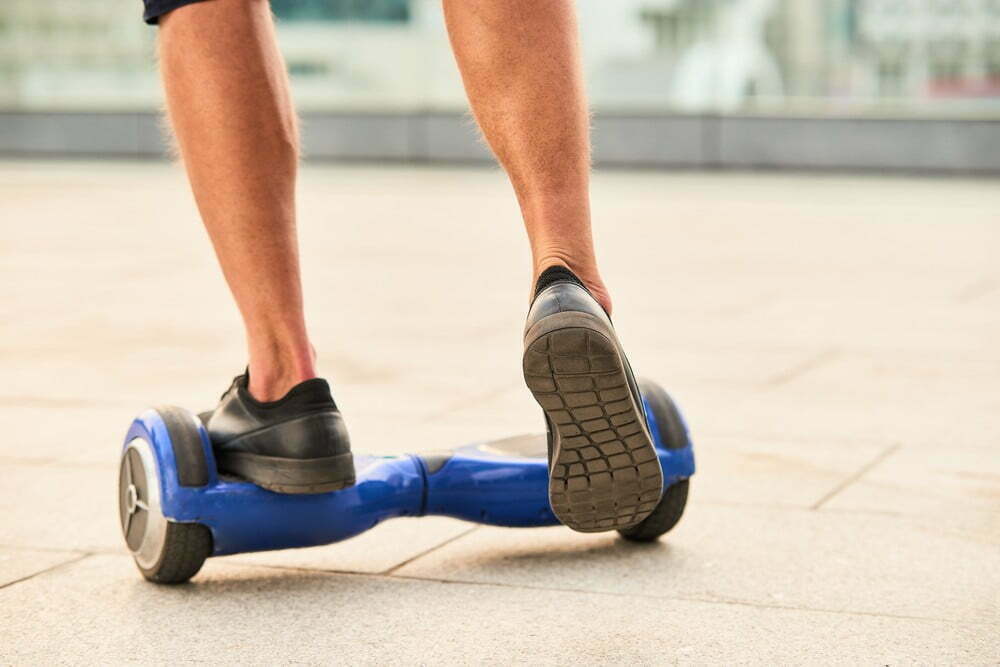

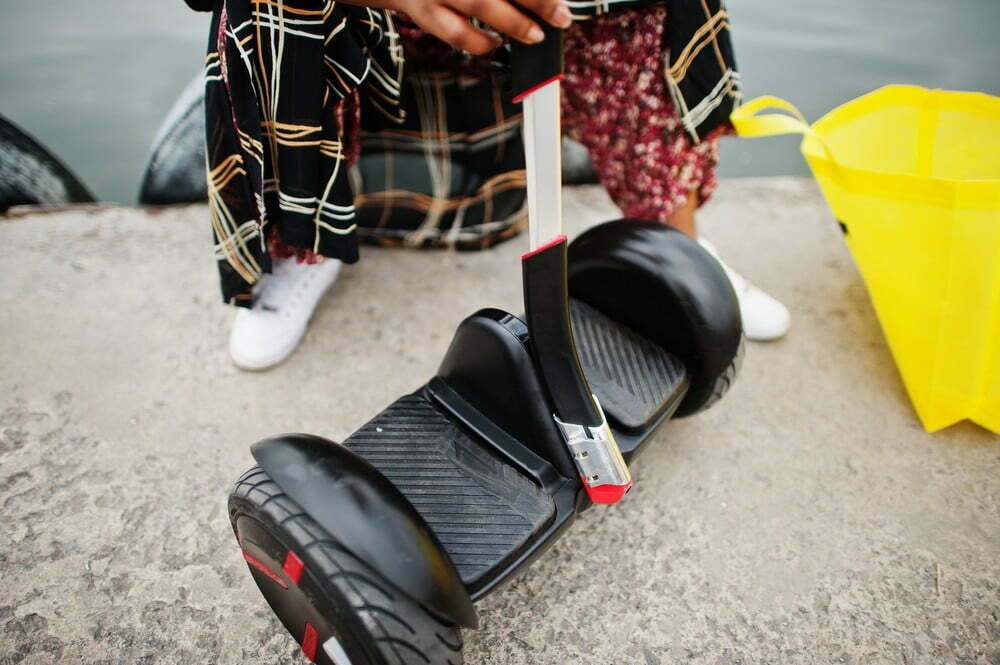

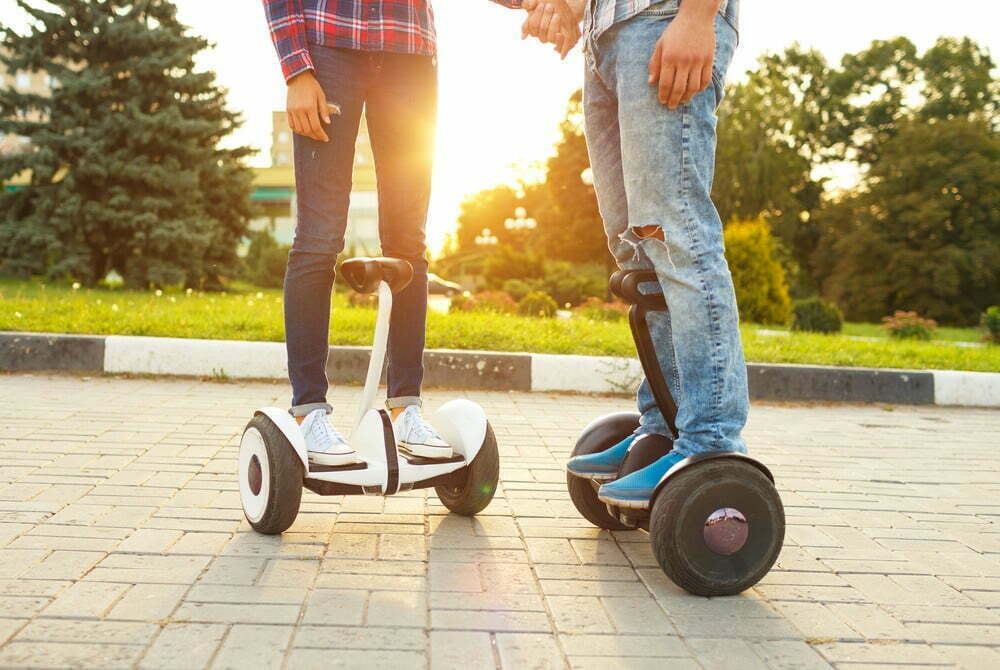





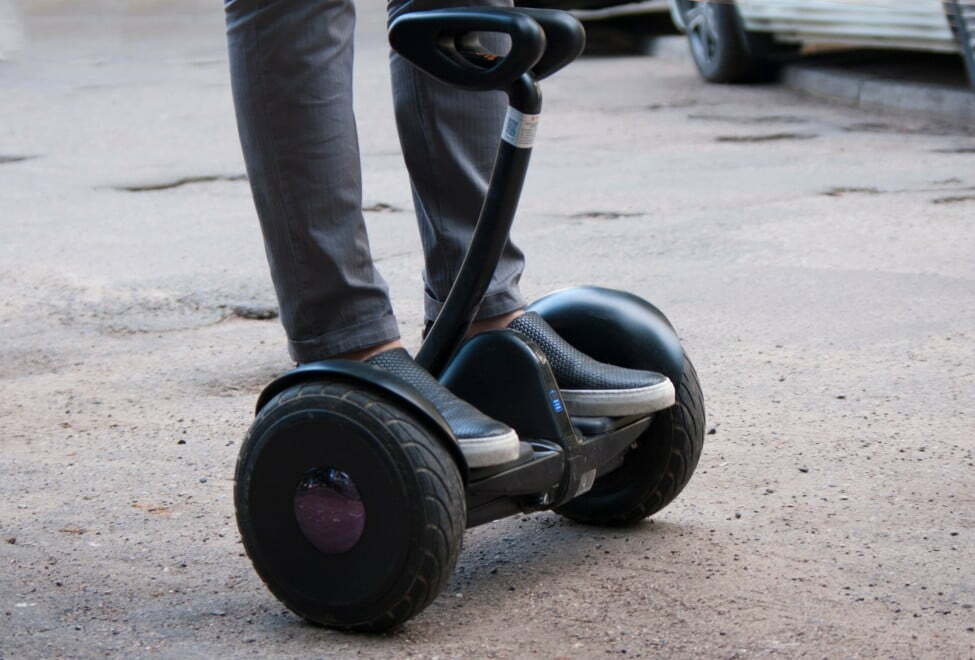

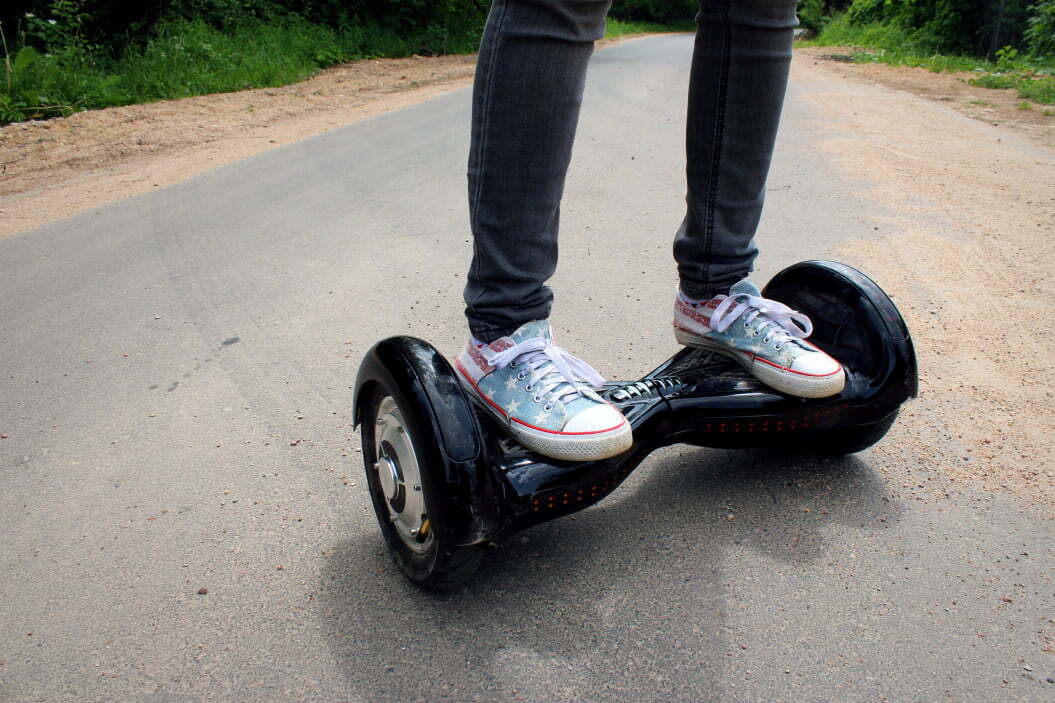
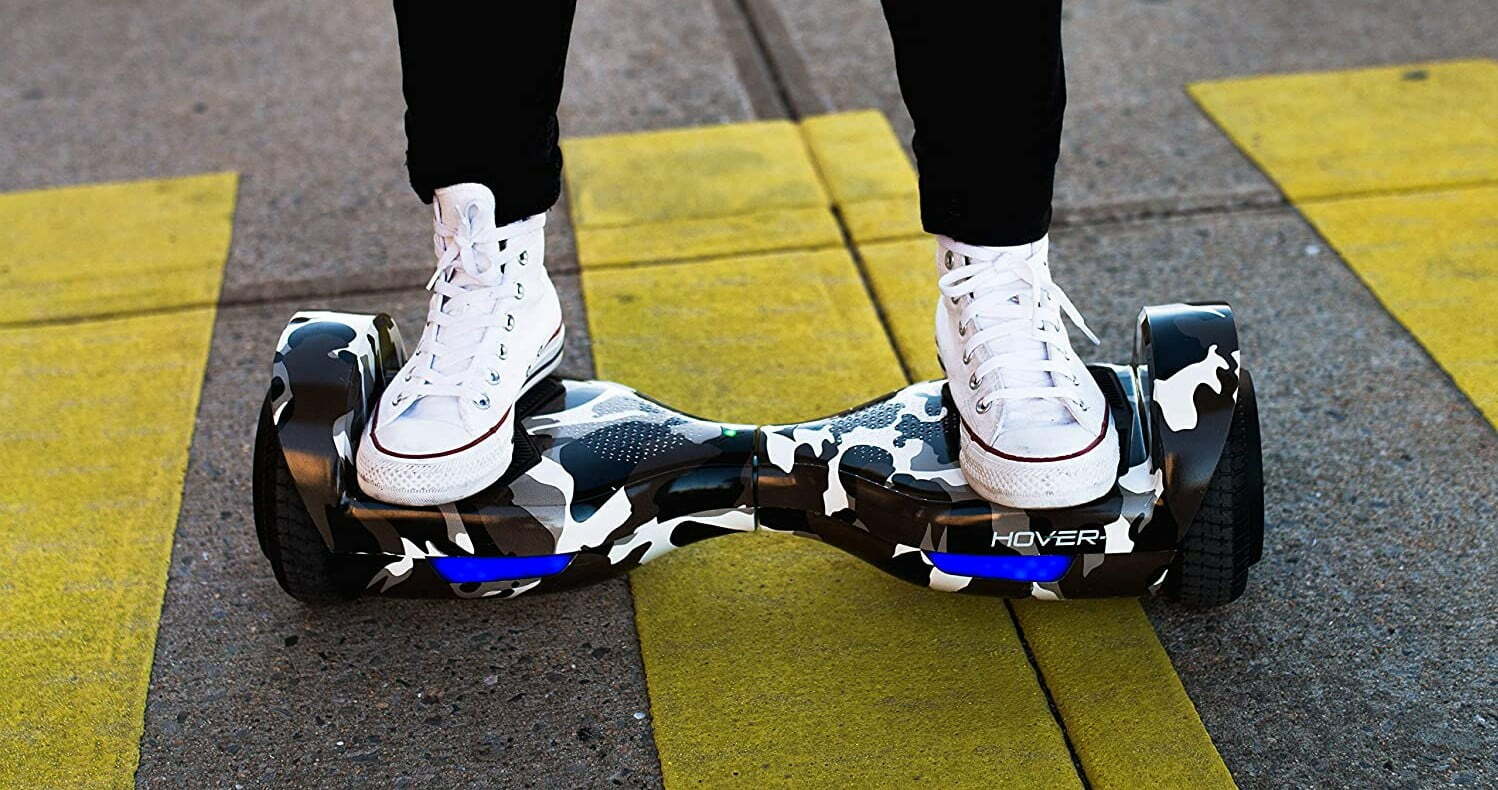
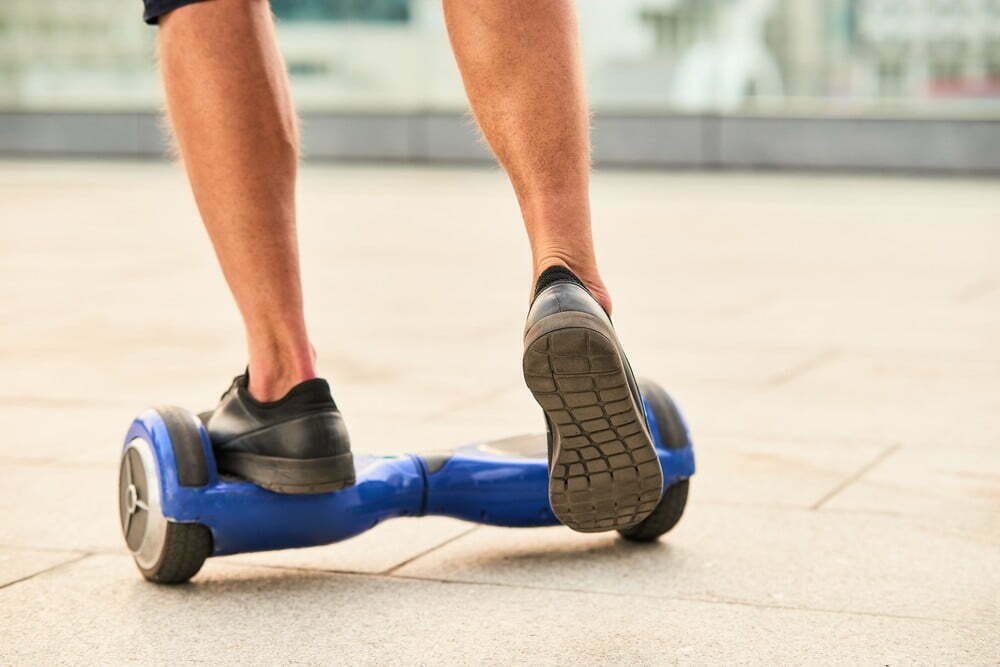
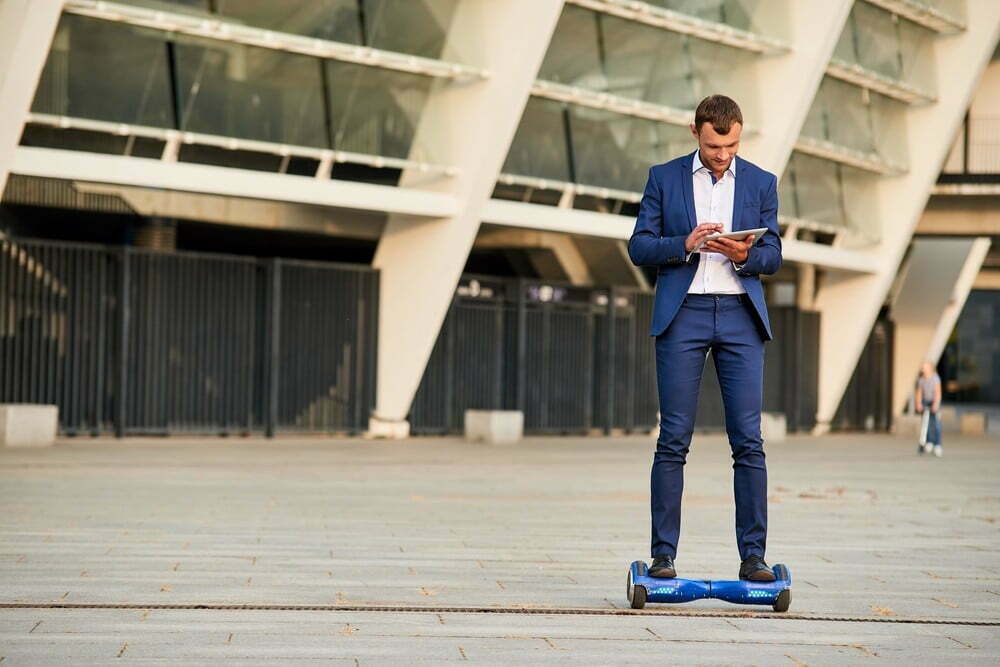
![Best 10 Inch Hoverboards in [year] 27 Best 10 Inch Hoverboards in 2025](https://www.gadgetreview.dev/wp-content/uploads/best-10-inch-hoverboard-image.jpg)
![Best Single Wheel Hoverboards in [year] 28 Best Single Wheel Hoverboards in 2025](https://www.gadgetreview.dev/wp-content/uploads/best-single-wheel-hoverboard-image.jpg)
![Best 8 Inch Hoverboards in [year] 29 Best 8 Inch Hoverboards in 2025](https://www.gadgetreview.dev/wp-content/uploads/best-8-inch-hoverboard-image.jpg)
![Best Hoverboards for Girls in [year] 30 Best Hoverboards for Girls in 2025](https://www.gadgetreview.dev/wp-content/uploads/best-hoverboards-for-girls-image.jpg)
![Best Hoverboards for Adults in [year] 31 Best Hoverboards for Adults in 2025](https://www.gadgetreview.dev/wp-content/uploads/best-hoverboard-for-adults-image.jpg)
![Best Hoverboard Accessories in [year] 32 Best Hoverboard Accessories in 2025](https://www.gadgetreview.dev/wp-content/uploads/best-hoverboard-accessories-image.jpg)
![Best 6.5 Inch Hoverboards in [year] 33 Best 6.5 Inch Hoverboards in 2025](https://www.gadgetreview.dev/wp-content/uploads/best-6.5-inch-hoverboard-image.jpg)
![Best Bluetooth Hoverboards in [year] 34 Best Bluetooth Hoverboards in 2025](https://www.gadgetreview.dev/wp-content/uploads/best-bluetooth-hoverboards-image.jpg)
![Best Knee Pads for Hoverboards in [year] 35 Best Knee Pads for Hoverboards in 2025](https://www.gadgetreview.dev/wp-content/uploads/best-knee-pads-for-hoverboard-image.jpg)
![Best Hoverboard for Beginners in [year] 36 Best Hoverboard for Beginners in 2025](https://www.gadgetreview.dev/wp-content/uploads/best-hoverboards-for-beginners-image.jpg)
![Best Helmets for Hoverboards in [year] 37 Best Helmets for Hoverboards in 2025](https://www.gadgetreview.dev/wp-content/uploads/best-helmet-for-hoverboard-image.jpg)
![Best Hoverboard Carrying Bags in [year] 38 Best Hoverboard Carrying Bags in 2025](https://www.gadgetreview.dev/wp-content/uploads/best-hoverboard-carrying-bag-image.jpg)
![Best Hoverboard Seats in [year] 39 Best Hoverboard Seats in 2025](https://www.gadgetreview.dev/wp-content/uploads/best-hoverboard-seat-image.jpg)
![Best Hoverboard in [year] ([month] Reviews) 40 Best Hoverboard in 2025 (December Reviews)](https://www.gadgetreview.dev/wp-content/uploads/best-hoverboard-image.jpg)
![Fastest Hoverboard in [year] ([month] Reviews) 41 Fastest Hoverboard in 2025 (December Reviews)](https://www.gadgetreview.dev/wp-content/uploads/fastest-hoverboard-epikgo.jpg)
![Best Hoverboard For Kids in [year] ([month] Reviews) 42 Best Hoverboard For Kids in 2025 (December Reviews)](https://www.gadgetreview.dev/wp-content/uploads/Best-Hoverboards-For-Kids.jpg)
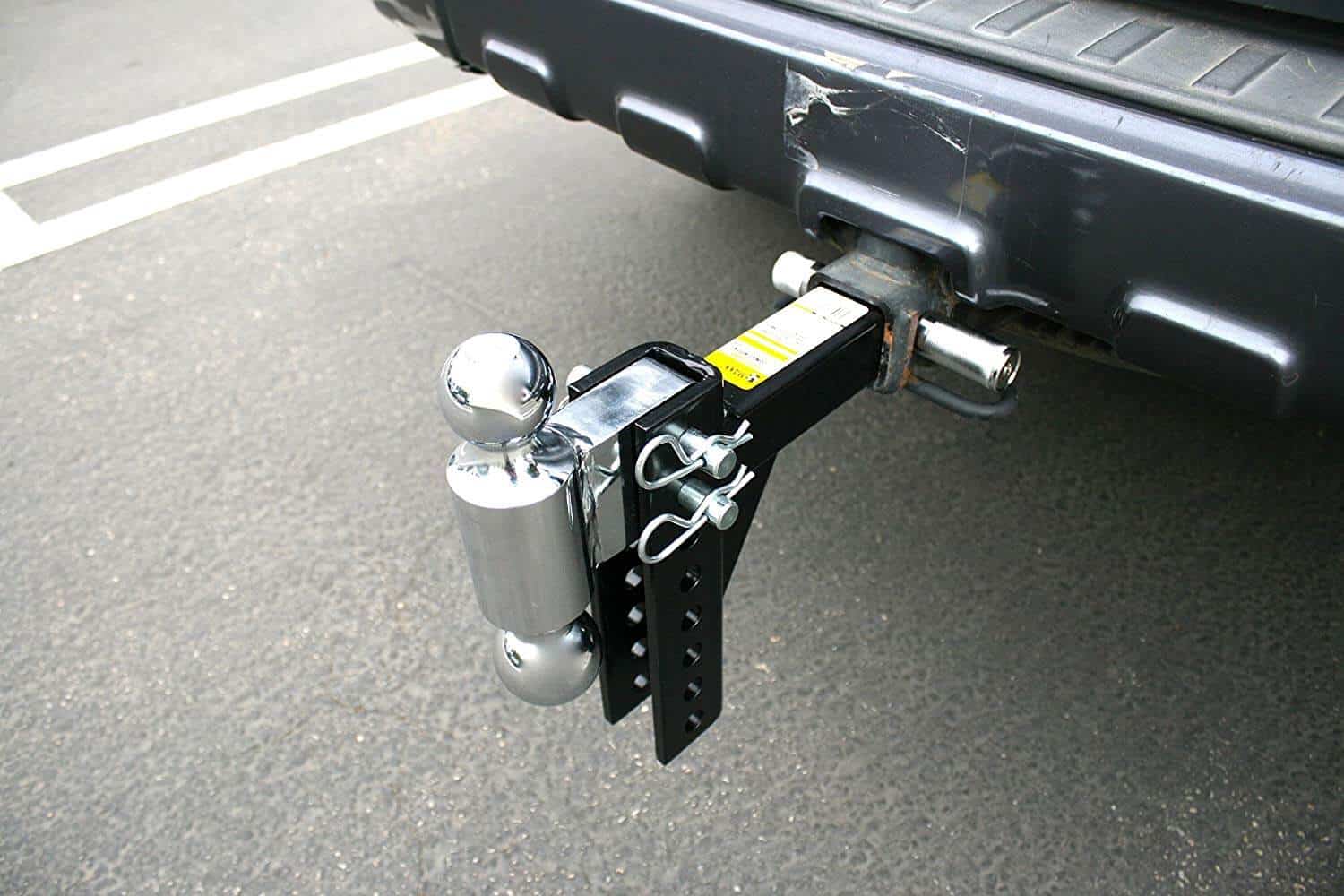
![Best RV Battery in [year] ( [month] Reviews) 44 Best RV Battery in 2025 ( December Reviews)](https://www.gadgetreview.dev/wp-content/uploads/best-rv-battery.jpg)

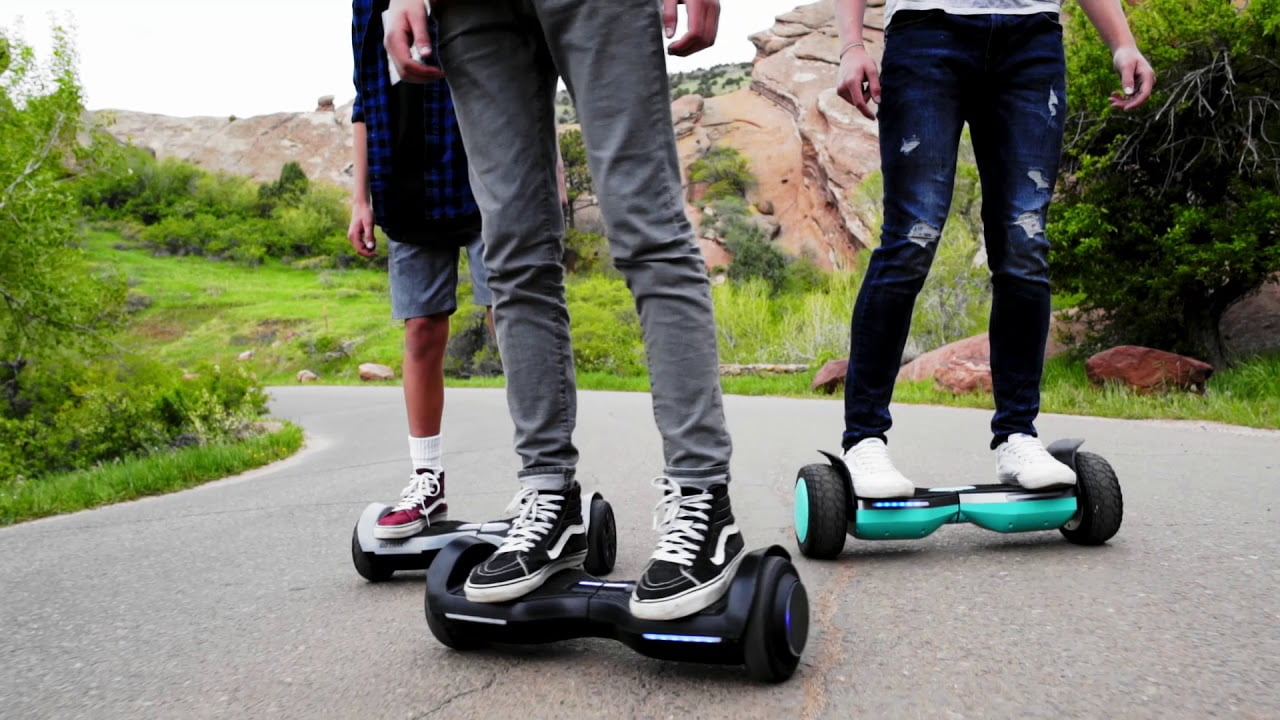
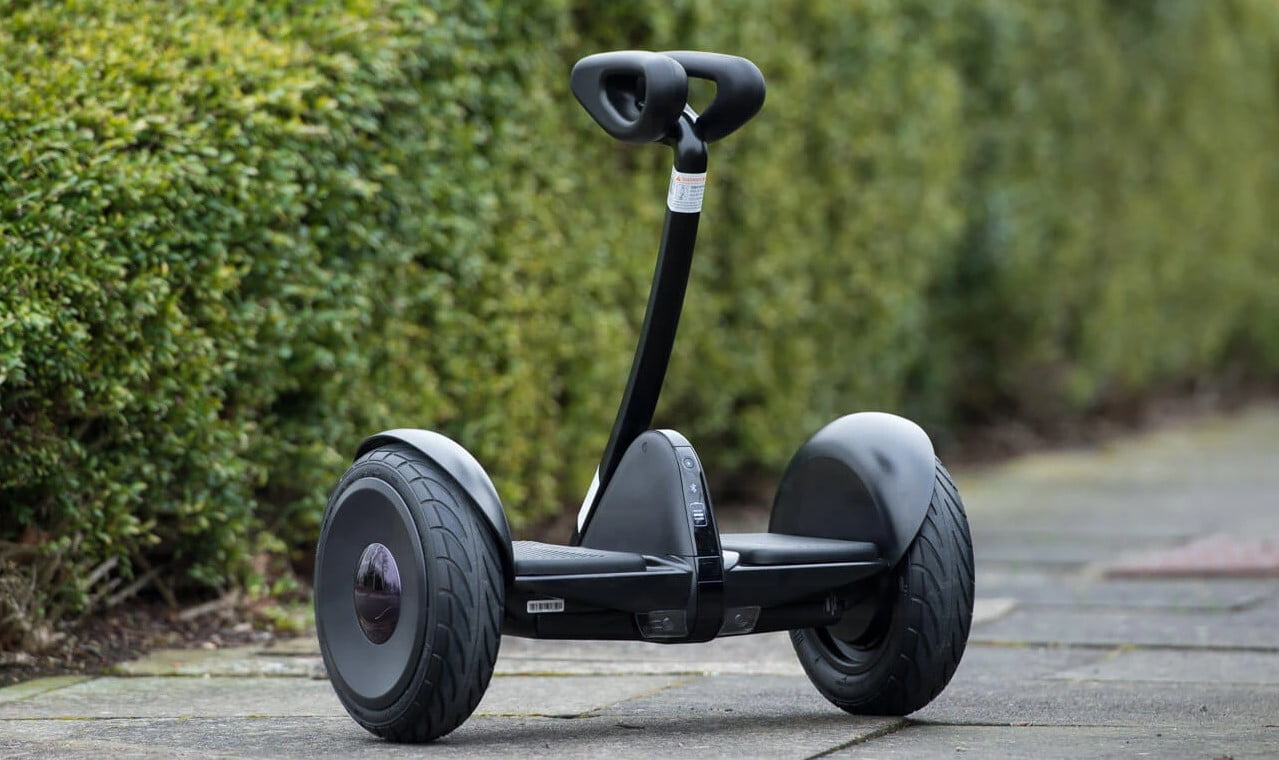
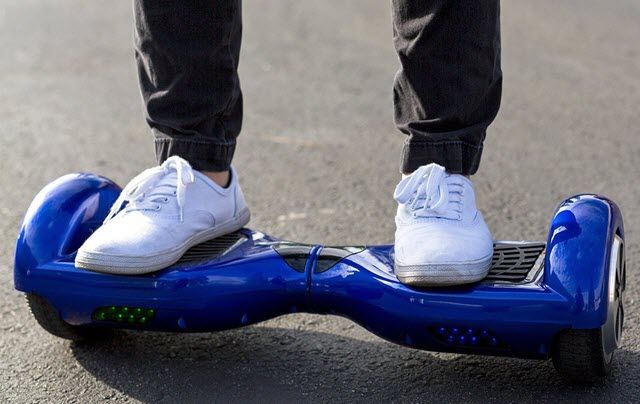
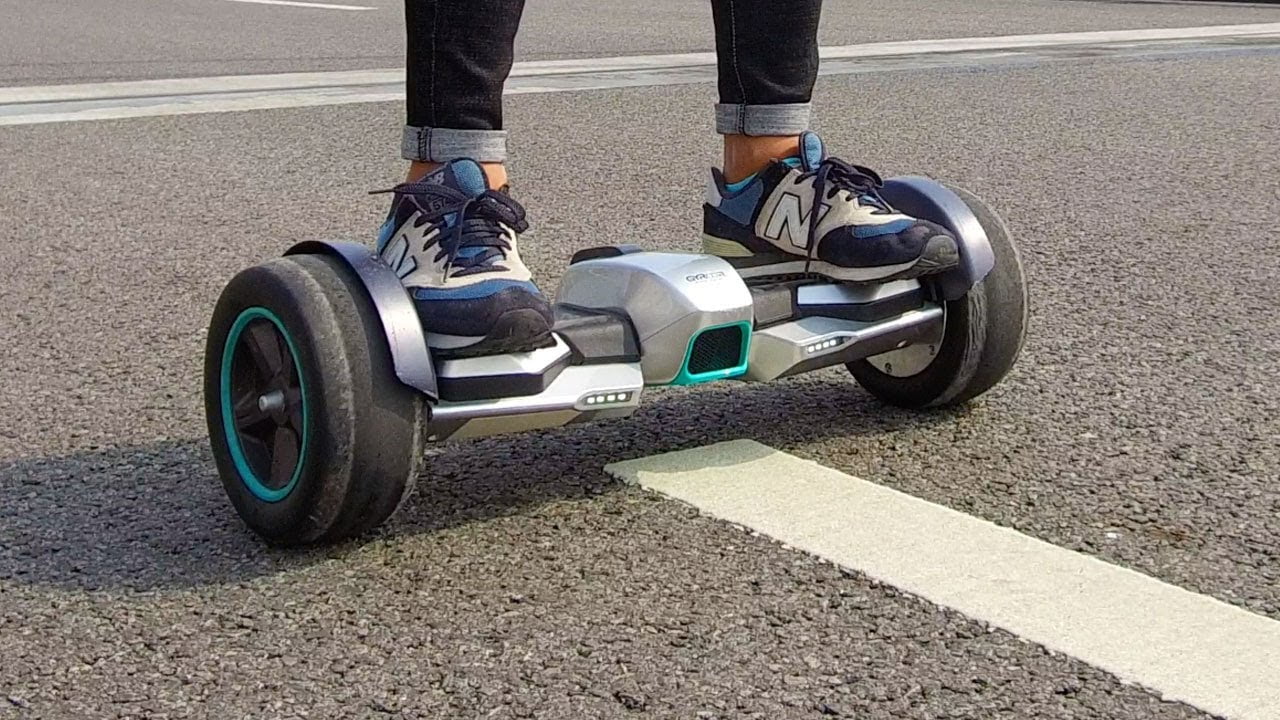
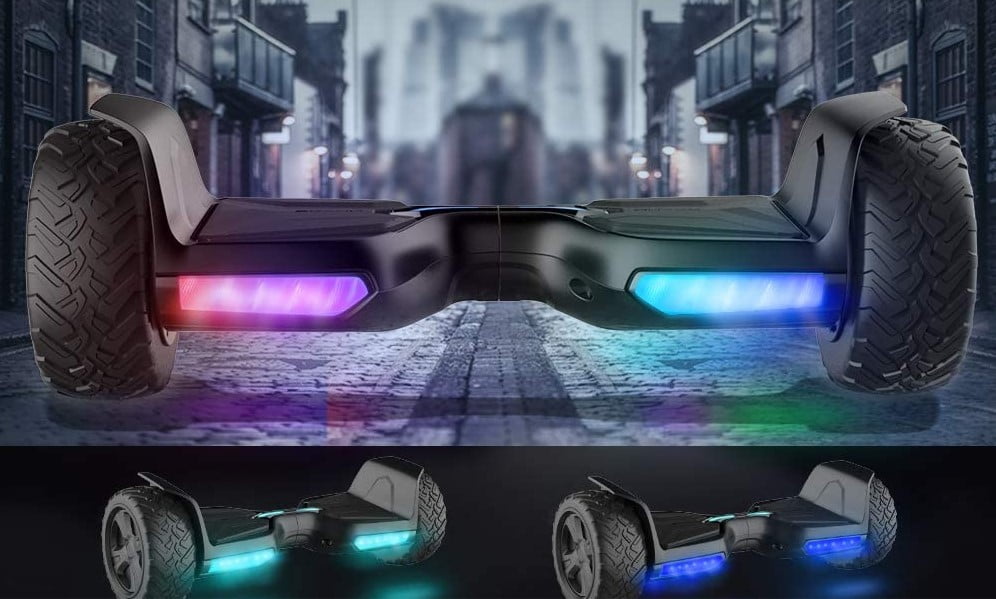
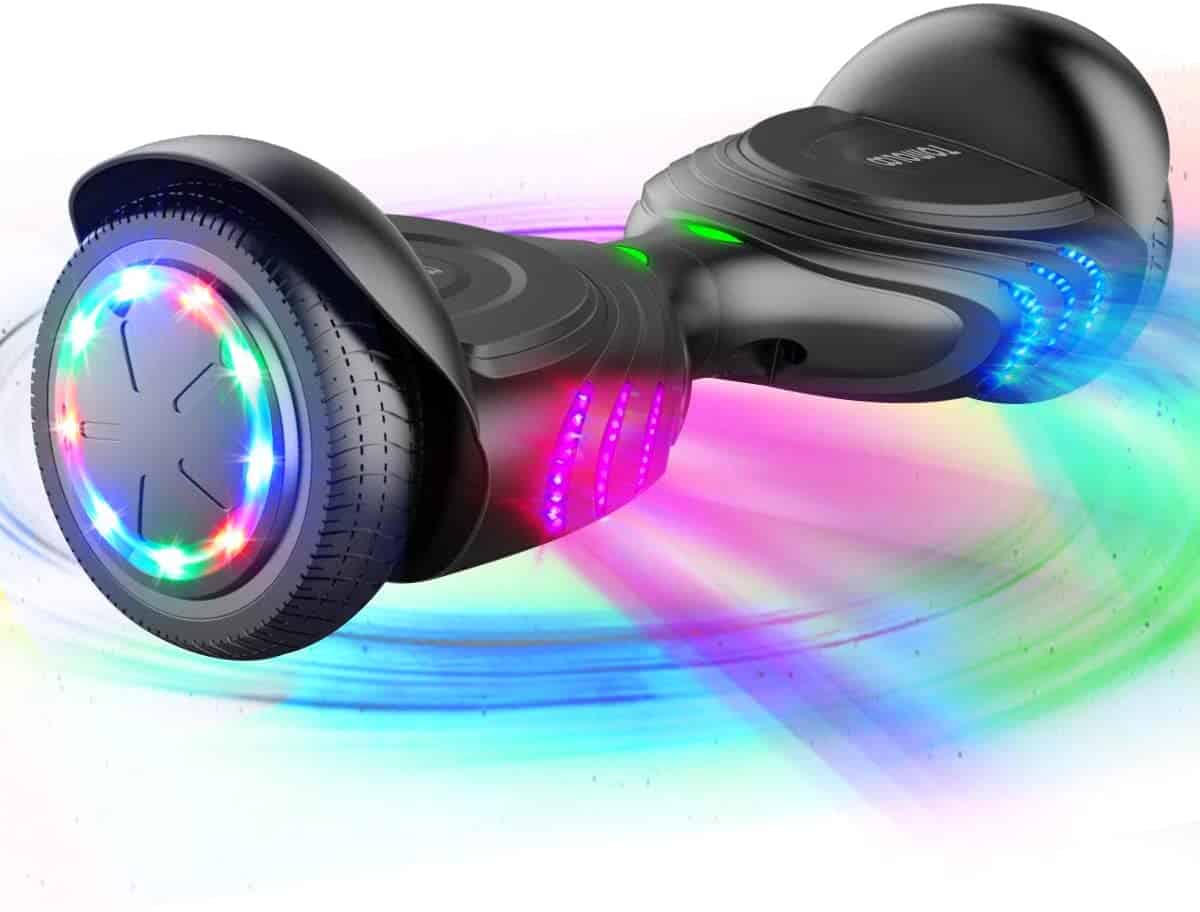
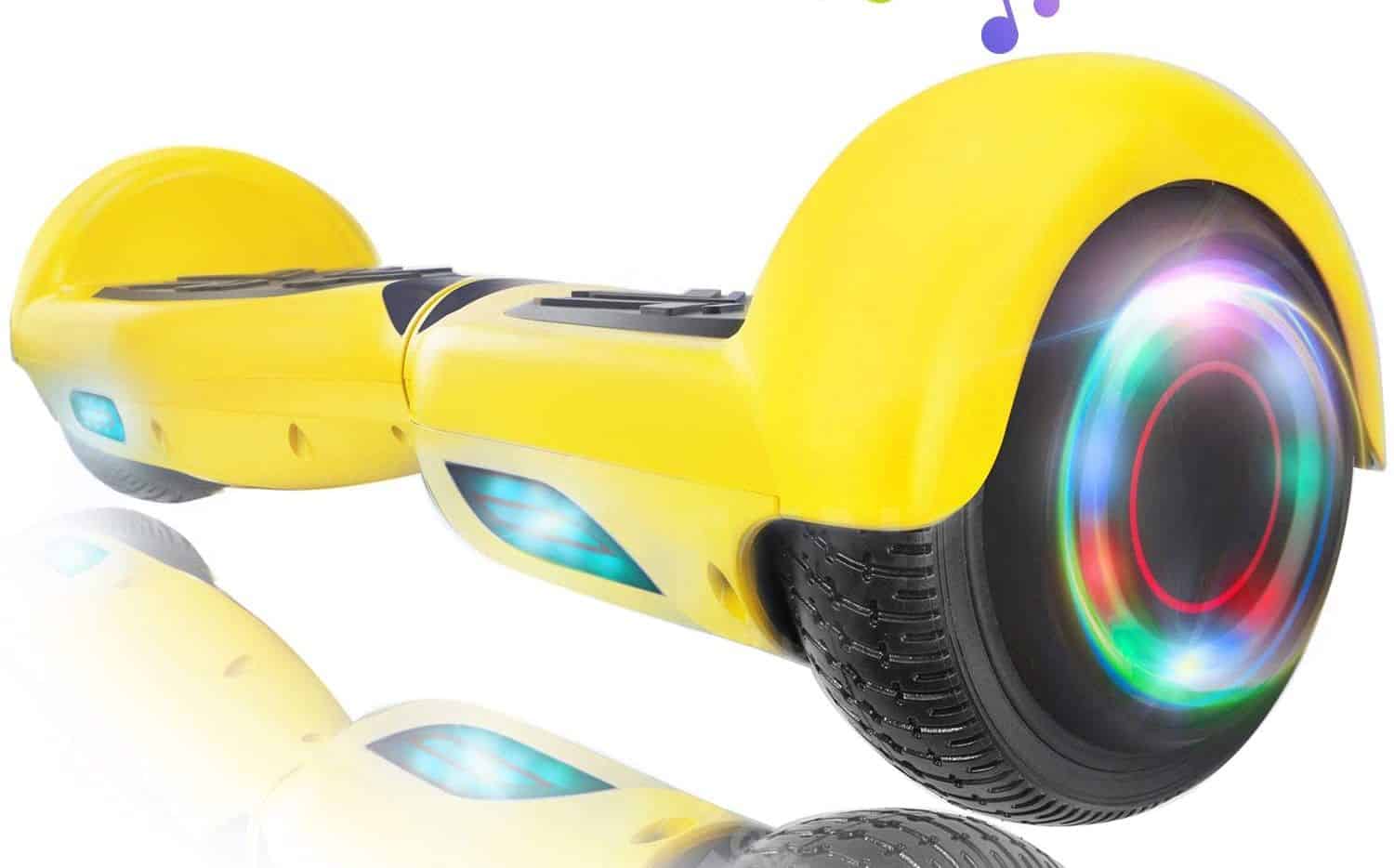
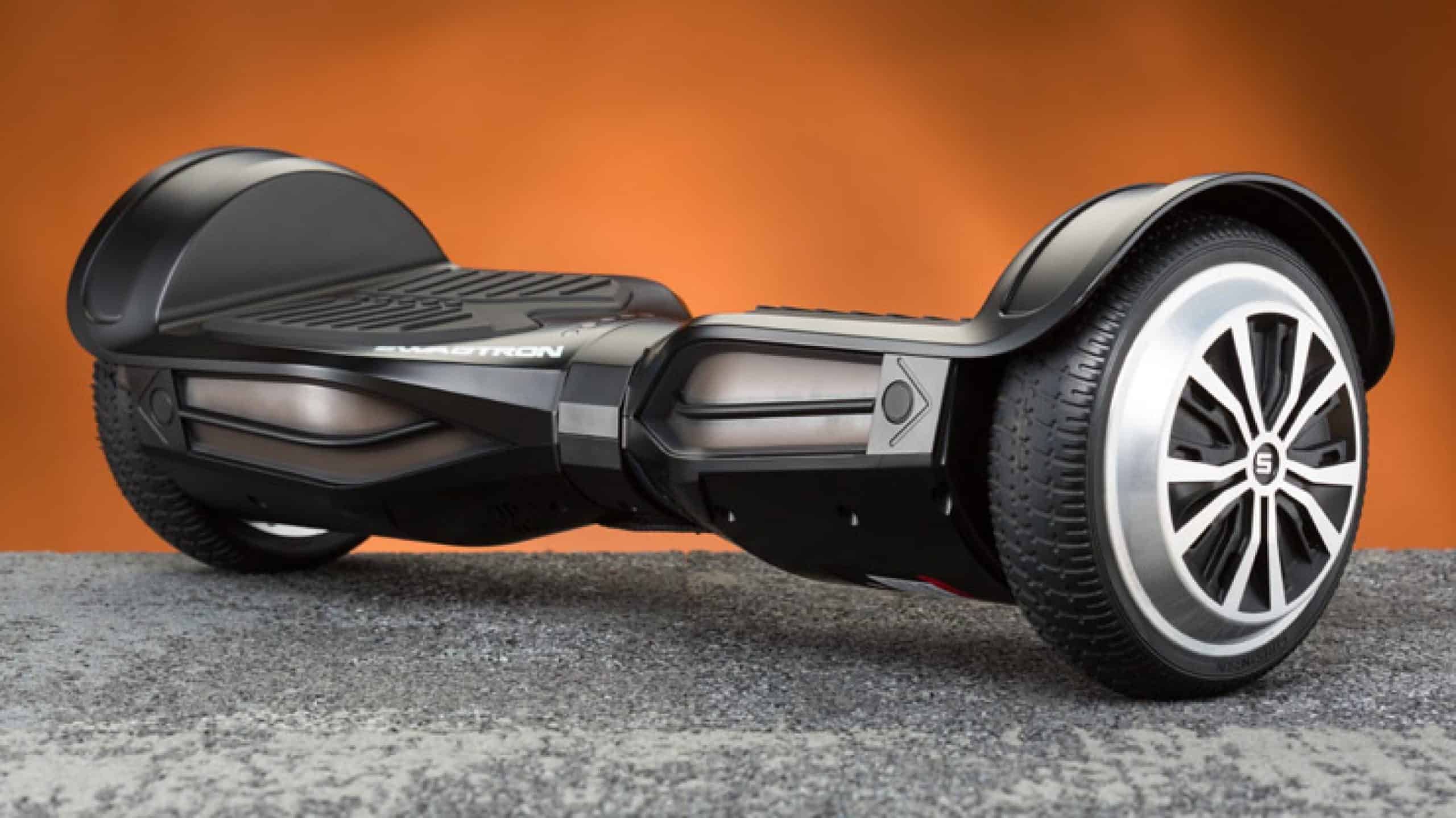
![Razor Hovertrax 2.0 Hoverboard Review in [year] 54 Razor Hovertrax 2.0 Hoverboard Review in 2025](https://www.gadgetreview.dev/wp-content/uploads/Razor-Hovertrax-2.0-Hoverboard-Review.jpg)

